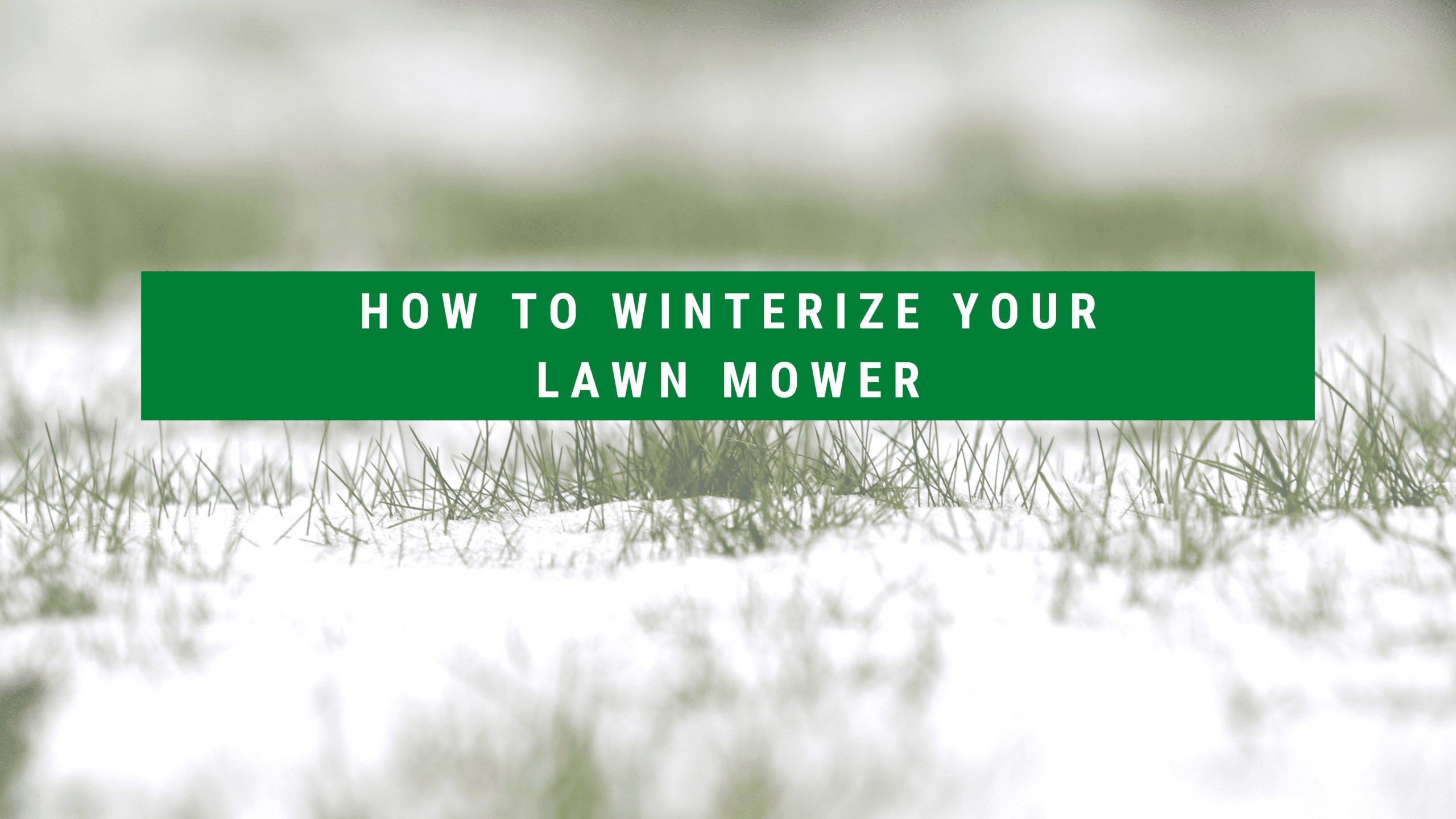Another lawn mowing season has come to an end, now it is time to prep your mower for the next season. Read on to learn how to winterize a lawn mower to prevent damage, enhance its performance, and ensure it will start up easily the next time you need it.
Why You Need to Winterize Lawn Mowers
Whether you have a gas-powered, riding, or electric lawn mower, it requires periodic maintenance to minimize repairs. We know it can be tempting to just store the mower and worry about it next spring. But, procrastinating can leave you in a pickle when your mower won’t start and your yard needs to be trimmed.
How to Winterize a Lawn Mower
- Remove or stabilize the fuel: A mower used at the end of the season needs to be emptied of fuel. Leftover gas has the potential to oxidize, corrode the carburetor, or impede the fuel system. If the gasoline has a fuel preservative, you can save it until next spring or run it in your snow blower. If the gasoline has not had a preservative added, you need to use up the gasoline as soon as possible.
- Remove the Battery: Remove its battery and store it in a cool, dry location away from flammable substances. Come next spring, use a 120-volt battery charger to bring the battery to full capacity, then reinstall it into the mower.
- Change the Oil: Follow the instructions outlined in your mower’s owner’s manual to change the oil and give your mower a clean start next season.
- Clean the Deck: Use a paint scraper, wire brush, or knife to carefully remove caked-on grass and debris from the deck. This step prevents moisture in the grass clippings from causing rust and corrosion to the underside of the deck.
These are a few necessary steps in winterizing your lawn mower and ensuring a smooth spring mowing start-up. Fortunately, this process also works on the other gas-powered tools that you use on your lawn. Stow your lawn tools away for the winter, and start looking forward to spring. Soon enough we will be hearing mowers starting up, seeing lush green yards, and smelling fresh-cut grass.
Don’t forget if you have installed sod late in the season, it does still need to be watered until the ground is frozen. It will need moisture every 3-4 days whether it is moisture from the sky, snow, rain, or a garden hose.
______________________
If you have a yard renovation on your mind for 2023, give us a call for a quote on high-quality Kentucky Bluegrass Sod. Each piece is grown in uniform thickness and bred to be dark green, soft, and durable to withstand harsh climates.

